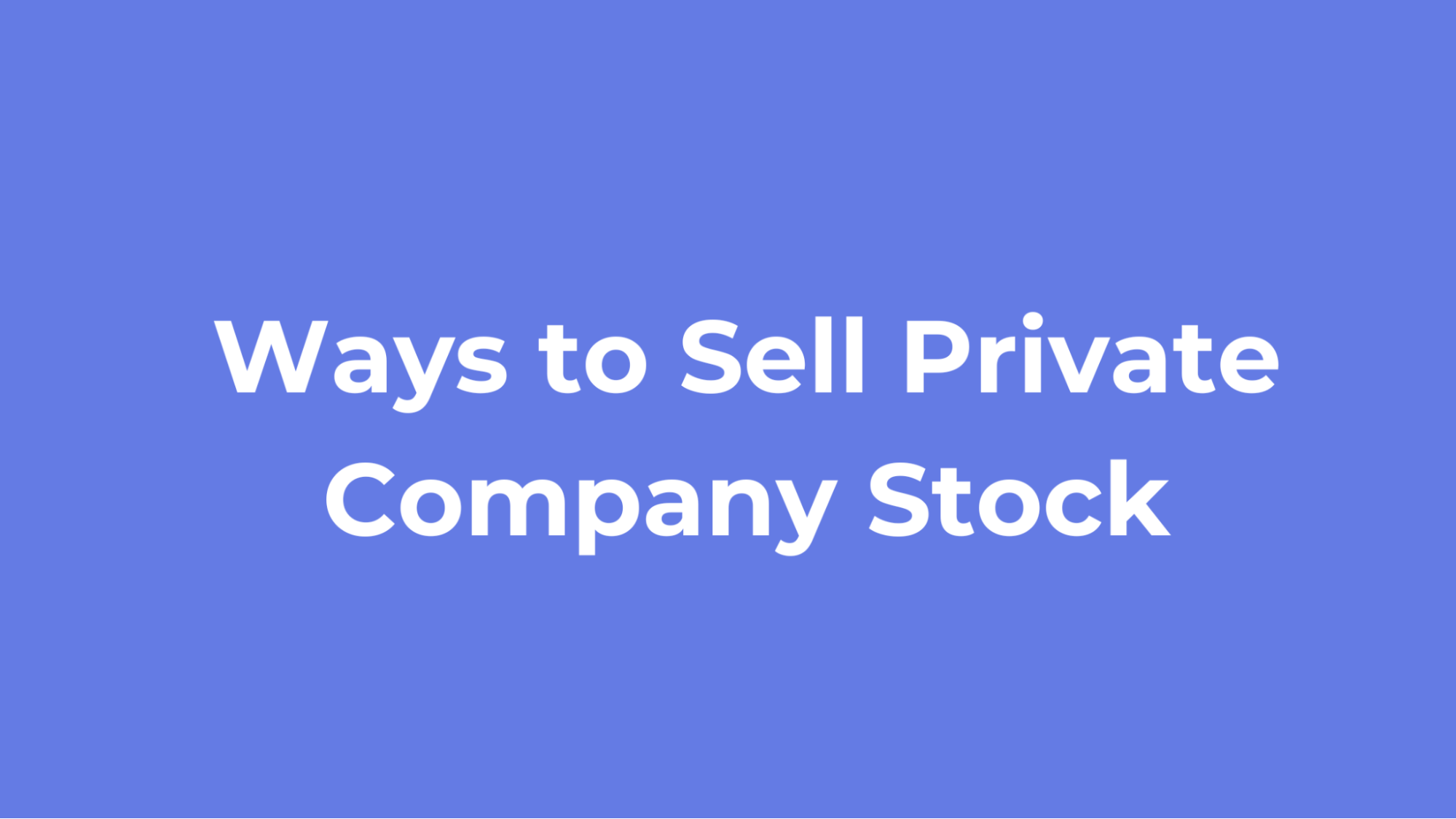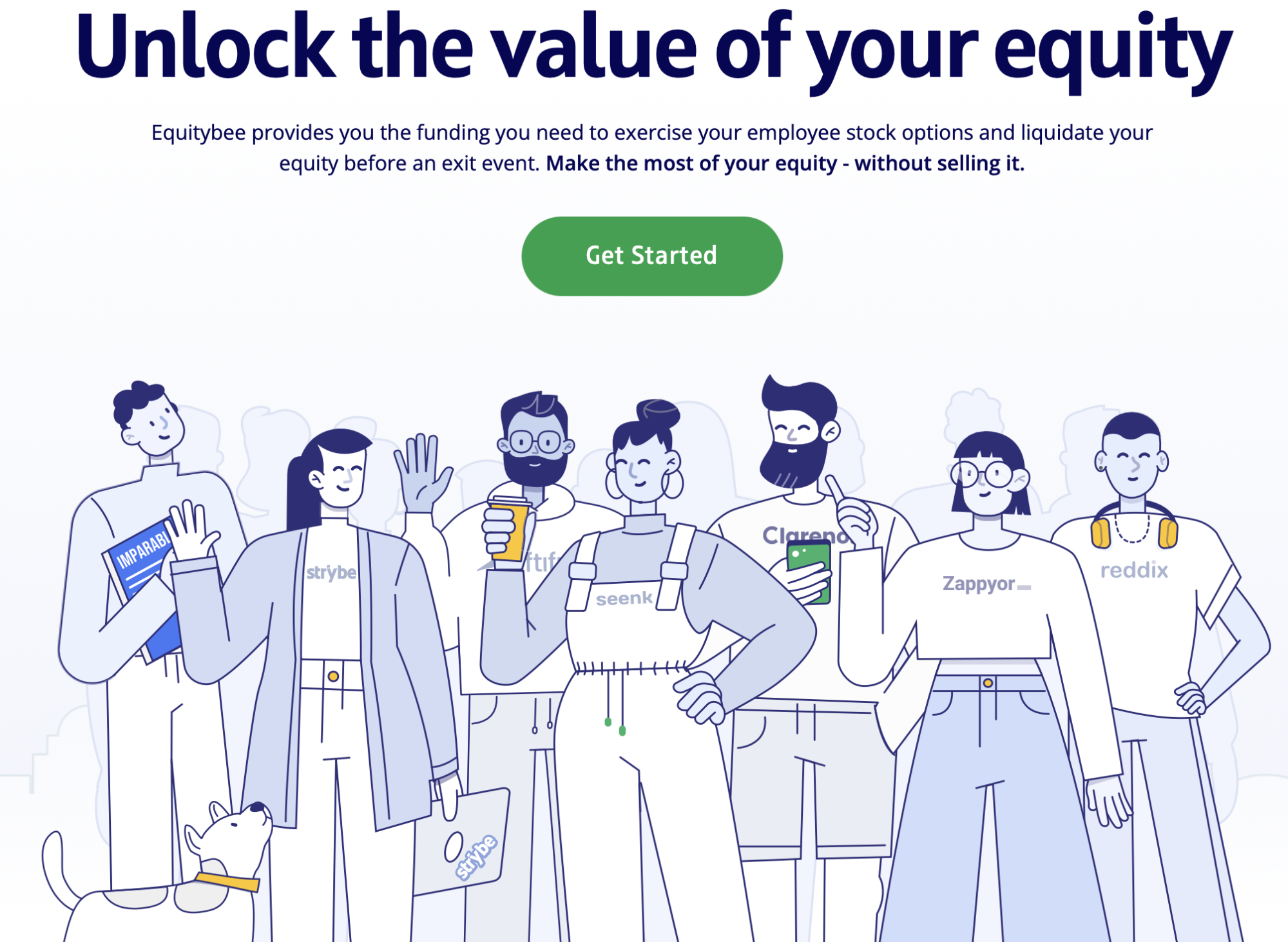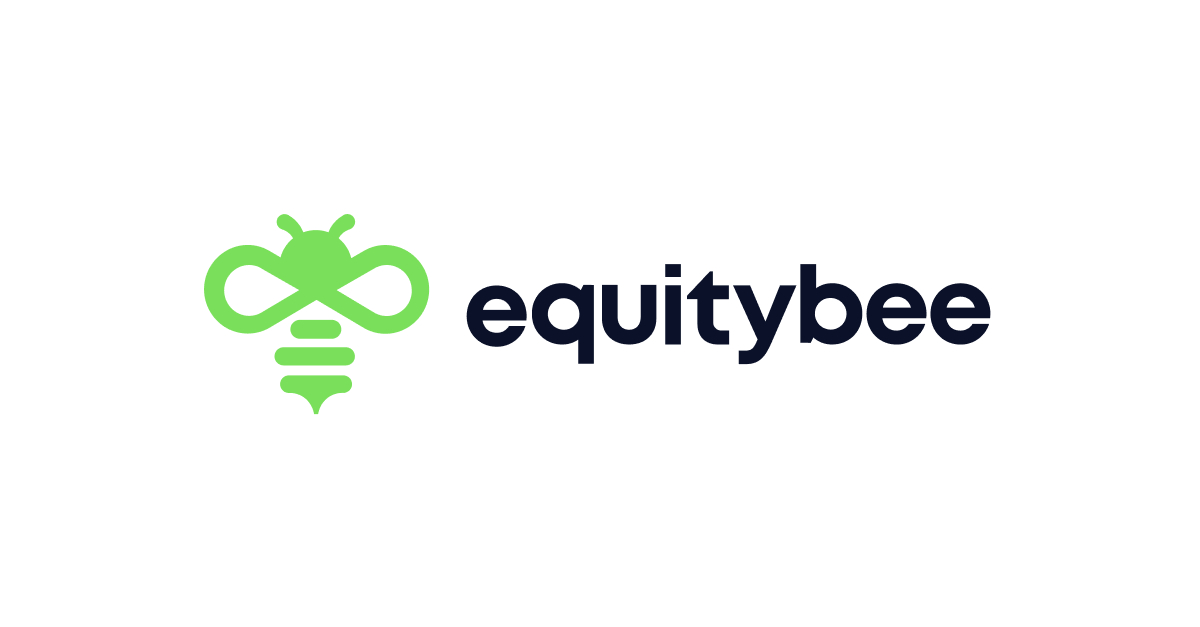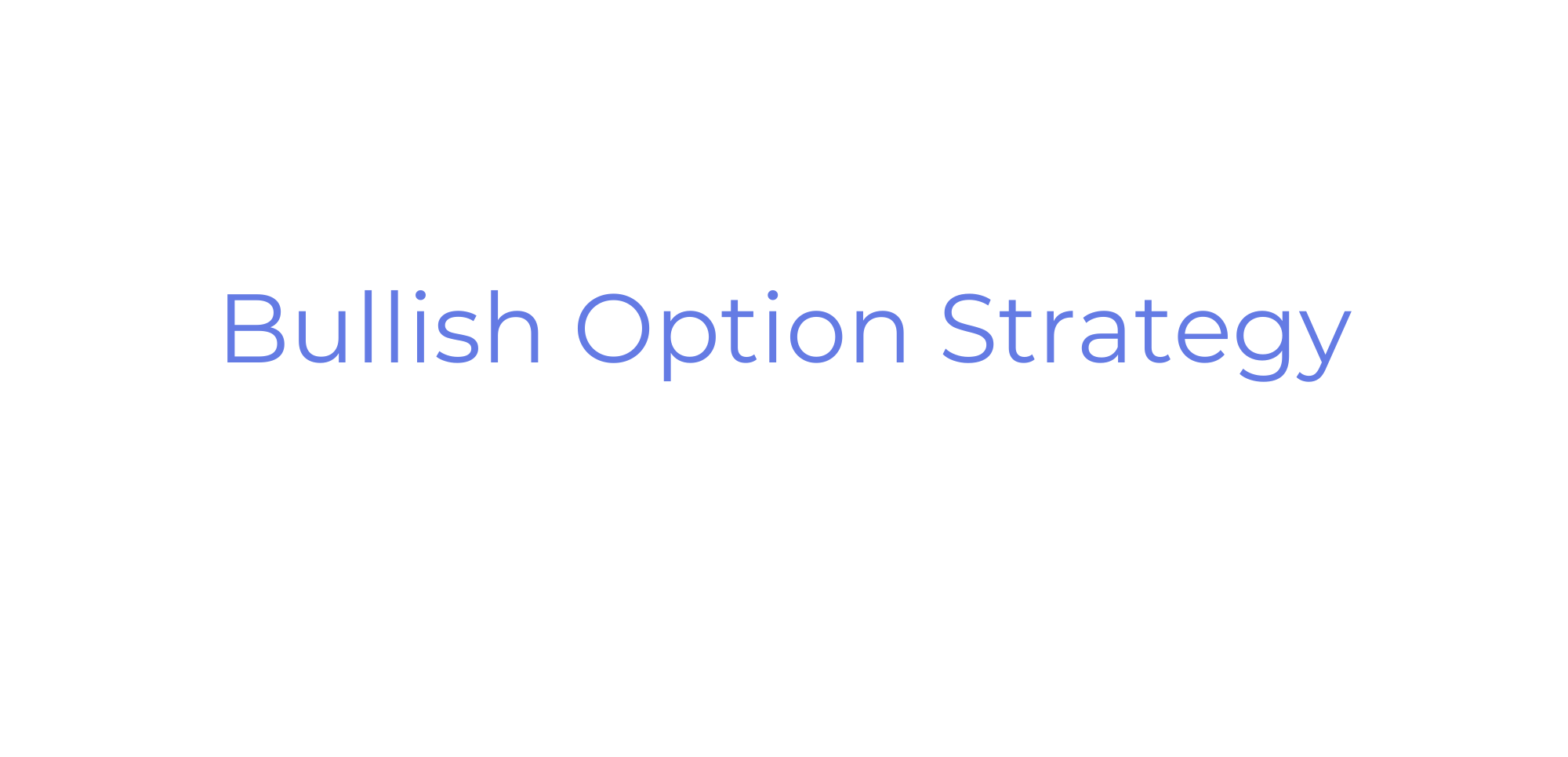The Best Way to Unlock the Potential of Your Stock Options
Equitybee makes it easy to make the most of your stock options while remaining the sole owner. Here’s what we love about Equitybee:
- Zero upfront costs: Exercise your options with no out-of-pocket cost
- Reduce risk: Realize profit now, regardless of your company’s future success
- Keep your shares: You get to keep your shares, so you can earn additional profits in the future
See for yourself why 2,200 employees from over 730 startups (and counting) have trusted Equitybee.
Unlock the potential of your stock options
Subject to availability
This situation is all too common in the startup space. Many employees at startups and private companies have a significant portion of their wealth wrapped up in company stock and employee stock options.
Unfortunately, selling stock in a private company is not as straightforward as selling shares in a publicly traded company.
In this article, I’m going to show you how to sell private company stock and stock options. I’ll explain the mechanics of selling private stock and give you some tips that will help you maximize your returns.
Ways to Sell Private Company Stock

Each method for how to sell private stock I cover below comes with its own unique pros and cons, so you’ll have to decide which avenue you want to take based on your financial situation, reasons for selling, and the company’s policies.
I’ll start with the easiest methods before moving on to the more interesting ones.
Sell Shares Back to the Company
Arguably the easiest way to sell private company stock is to sell it back to your company through a share buyback program — provided your company has a buyback program.
The main benefit of selling your shares this way? It’s extremely easy. All you have to do is follow the procedure that your company has in place, which is usually not more involved than filling out a few forms. You can sell all of your shares back to the company or just a few, depending on why you want to sell.
The downside? Buyback programs offer you a set price for your private company stock, so you don’t have any recourse for getting a better deal if you feel that the price doesn’t represent the fair value of your shares. The only thing you can do is wait and hope that the company decides to increase the price later on.
Selling through a buyback program is a great choice if you want to minimize hassle and don’t mind leaving some potential gains on the table.
The other options I’m about to cover could potentially offer greater rewards.
Secondary Marketplaces
A relatively new phenomenon is the rise of secondary marketplaces for private company stock, such as Equitybee. These marketplaces connect you with potential buyers and allow them to bid for your stock and stock options.
The major advantage of selling on secondary marketplaces over participating in a buyback program is competition. Allowing buyers to issue competing bids for your shares drives their value up and often gets you a better price than a buyback offer.
To sell private company stock on a secondary marketplace, you typically need to open an account and get approval from the company that owns the marketplace. Not all startups are accepted on all platforms, so you might have trouble finding one if your company isn’t well-known. If your company’s shares are eligible, you’ll have to verify your ownership of the shares before they can be listed on the marketplace.
Platforms like Equitybee take a different approach, preferring prepaid variable forward contracts over directly buying and selling shares and options.
One advantage of using Equitybee is that, as far as your company is concerned, you remain the share owner. Equitybee aims to connect you with investors that provide the cash you need to exercise your stock options plus possible immediate cash on top of the exercise price. In case of a successful liquidity event you will split the proceeds with the investor (according to a predefined ratio) . This process does not require you to get approval from the board before you’re allowed to sell shares, which is one less step to cash in early.
Another point in favor of Equitybee’s approach is that you don’t have to wait for a liquidity event — like an acquisition or IPO — to realize gains. Equitybee aims to provide funding and liquidity in exchange for sharing a portion of the future value of your shares when a liquidity event occurs. This mitigates the risk of waiting for a liquidity event that may not happen.
Yet another benefit of Equitybee’s forward contract model is that you don’t incur the same expenses that you would for exercising your options directly. Unlike when you exercise your options with your company, you don’t have any out-of-pocket costs when you use Equitybee. This can be a big deal, as exercise fees can be up to a few percent of the underlying shares’ value. And also the investor is taking all of the risk by funding your stock options
Lastly, with Equitybee you remain the sole owner of the shares so you can still benefit from a successful liquidity event.
Tender Offers and Liquidity Events
A tender offer is when an outside group of investors offers to buy shares from your company’s shareholders at some predetermined price. The price is often higher than fair market value because the outside investors making the tender offer are hoping to acquire a large fraction of the company’s shares.
If your company receives a tender offer, you as a shareholder have a set amount of time to decide whether or not you want to sell their shares. If enough shareholders decide to sell their shares, then the tender offer is accepted and the shares are sold to the investors who made the offer.
Tender offers can come with a wide range of details and stipulations. For example, many tender offers specify what percentage of shares are required to be sold for the deal to go through. Since tender offers are often designed so that the investors making the offer wind up with a controlling interest in the company, the number of shares that need to be sold is usually quite high.
As far as you and your shares are concerned, deciding to accept a tender offer comes down to whether or not you think the price offered in the deal is high enough. Mechanically speaking, you don’t have to do much besides follow the instructions for making your decision, which—unsurprisingly—involves filling out some forms.
Selling After an IPO
Selling your private stock after your company goes public is the riskiest and—potentially—most rewarding way to offload your shares and options. If your company’s IPO is successful, chances are that the price you can sell your shares at will be much higher than any of the options we’ve discussed so far. Of course, the other side of the coin is your shares could wind up worthless if the free market decides the company isn’t worth as much as you thought.
One important thing to note about selling after an IPO is that you’ll have to wait for an initial grace period to end before you’re allowed to sell. The period varies but is typically between 90 and 180 days after the IPO date. The reason you have to wait is to avoid a scenario where a company’s employees induce a massive selloff immediately after going public.
If you believe in your company and think that it will succeed as a publicly traded company, you should exercise patience and wait for its IPO before selling your stock or options. When people talk about the potentially life-changing amounts of money you can make by working for a startup, they’re referring to the potential gains you can get from the stock and options portion of your compensation package.
Factors to Consider Before Selling
Before you go ahead and sell your private shares, there are a few things you need to know.

Company Policies
Some companies require their employees to give the company the first right of refusal before selling private shares. That means that the company has the right to purchase the shares back before you can sell them on the secondary market or through a platform like Equitybee. The process is usually straightforward and usually requires approval from the company’s board of directors.
If you’re considering selling your shares, make sure you understand your company’s policies before you do to avoid any trouble. Practically speaking, selling your shares back to the company will make things easier for you, although you might not have full freedom to set the price you want, depending on the details of your contract.
Personal Financial Situation
If you need money now, selling your private stock can be a great way to raise a significant amount of money. The financial burden of big purchases like a house or car can be lessened by selling some or all of your private stock or stock options.
On the other hand, if you don’t need the money now and believe in the future success of your company, holding onto your private shares is the better long-term play.
Private stock has the potential to appreciate rapidly when a company starts to grow, and selling now may mean missing out on much bigger gains down the road. If you don’t have a good reason to sell your shares now, you should consider sitting on your hands and playing the long game.
Tax Implications
It’s easy to forget about Uncle Sam when you’re busy salivating over how much your shares are worth. This is especially important if you’ve held your private stock for less than one year.
Private stock and stock options are held to the same long and short-term capital gains tax rules, so you’re better off holding your shares for at least a year before selling them. The long-term capital gains tax rate is much lower than the short-term rate, which is taxed the same as your income.
Market and Transaction Fees
Another factor that’s easy to overlook is the transaction fees associated with selling your shares. This is especially important on the secondary market where bid-ask spreads can be much larger than you’re used to on the public markets.
The bid is the highest a buyer is willing to pay for shares and the ask is the lowest price a seller is willing to sell their shares at. Market makers take the difference between the bid and the ask as a fee for setting up the market and providing liquidity.
On illiquid assets, like most private shares are, the bid-ask spread can be quite large. The bottom line is selling your shares when the bid-ask spread is large means sacrificing some gains since you might have to cross the spread and pay the bid if you want to sell your shares quickly.
Transaction fees will also eat into your profits and are only worth paying if you stand to gain significantly more by selling your shares now.
Funding for Exercising Options
This detail only matters if you hold stock options rather than actual shares. If you want to sell the shares you have the right to purchase via a stock option, you have to exercise that option first.
That means paying for your shares at the strike price given in the option’s contract and then selling the shares afterward. You might already see the problem: exercising your options requires a significant amount of capital.
Luckily, many businesses that issue private stock options realize that their employees might not be able to afford to exercise their options and offer options lending programs. The basic concept is simple: the company will lend you the money you need to exercise your options and purchase your shares.
These programs also usually come with reduced fees and are designed to make it easier for employees to turn their options into shares they can sell.
Equitybee is another fantastic resource if you’re looking for ways to exercise your options with no out of pocket costs — learn more here.
Additional Insights
Before I wrap this up, there are a few more things I want to mention.
Valuing Private Shares
Valuing private shares can be challenging since you usually don’t have a readily available market price to use as a baseline. If you’re serious about selling your shares and can’t figure out a fair price, you have a few options.
The most straightforward method for valuing private shares is to do a comparable company analysis. The idea is to look for a publicly traded company that’s similar to your company and use its share price as a starting point.
Another approach is to look for data about recent private company sales. A lot of times there is public information about the details of private acquisitions, so you can use the sale price as a barometer for the value of your shares if you can find a deal for a similar company.
Handling Employee Stock Options
If you hold options rather than ordinary stock, make sure you understand how they work before you even think about selling them. Many people don’t understand how options differ from stock and wind up making mistakes that cost them money when they want to cash in.
You don’t need to become an options expert but understanding the basics will help you get the most out of your options.
Decision-Making Tips
Whether or not to sell your shares and how you want to sell them if you decide comes down to one thing: risk vs. reward. Risk and reward are always inversely correlated, so the right move often depends on your personal risk tolerance and how you view your company’s future prospects.
I’ll keep my advice here simple: if you need the cash, selling now could be a good option. But if you think there’s a chance that your company will continue to grow, holding onto your shares could produce life-changing money later on.
Conclusion
Selling private company stock and employee stock options can be a complex process, but I hope you now have a better understanding of how to sell shares of a private company, in general.
Many people don’t realize that they can sell their shares without a liquidity event and, sometimes, selling on the secondary market is the best move.
Armed with the knowledge you’ve gained in this post, I hope you have a better sense of direction for how to make the most of your private company stock.
FAQs:
How are shares sold in a private company?
Shares of private companies are sold through buyback programs offered by the company itself, on the secondary market, through tender offers or on the public market after an IPO.
Can I sell my shares in a private company to anyone?
In general, no. Some companies require approval from the board of directors before you can sell your shares, and other companies reserve the right to purchase your shares first before you can post them on the market. Shares of private companies are also often subject to lock-up periods that restrict when you’re allowed to sell your shares.
How do you value private company shares for sale?
Valuing company shares is difficult because you don’t have the dynamics of an open market working to determine a fair price. The most common ways to value shares of a private company are through a cash flow analysis, by comparing the company’s value to similar companies with known valuations, and recent transaction analysis.
Where to Invest $1,000 Right Now?
Did you know that stocks rated as "Buy" by the Top Analysts in WallStreetZen's database beat the S&P500 by 98.4% last year?
Our July report reveals the 3 "Strong Buy" stocks that market-beating analysts predict will outperform over the next year.









